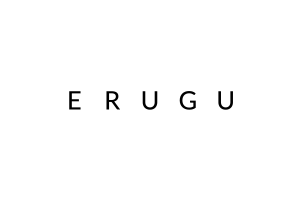Selling anything requires you to engage in conversation with your prospective buyer. If you are trying to sell something through mail, the sales letter you send out specifies how and when you will communicate with your prospect.
All successful sales pitches convey a message to the customer by creating an image in their mind. Their approach starts with a compelling need and moves into the imaginative part of sales pitching, where they provide detailed details on how their prospect will feel after purchasing your product. The “body” or “guts” of a sales letter is what you want to see.
The key ingredients for a successful sales letter are: (1) Engage the reader, (2) Show him potential solutions, (3) Appeal to his conscience so he can fully appreciate the benefits of your product, and (4) Demand action from him by saying “I’m sorry; I know you can’t wait until tomorrow” — any delay in procrastinating could result in losing credibility. This is known as the “AIDA” formula, and it works.

Typically, sales letters are two pages and tend to be the most successful. For the items with higher prices, they will take at least four pages to complete, either on A4 paper or folded into A3 size. If you’re writing a two-page sales letter, it’s acceptable to use an A4 sheet with both sides. Letterheaded paper is the preferred choice for a sales letter, which can be printed on letterhead and with incorporated logos or business slogans.
Your sales letter should have a single main objective, which is to sell hard, regardless of its length. The sale must conclude with the completion of your sales letter. Don’t be unintelligent in your sales letter and avoid using a color brochure or circular to close the deal. Your sales letter is the means by which you sell your product and conclude the sale. Any promotional material that accompanies it will reinforce the content of the letter.
The length of a sales letter has been largely debated in recent times. The question of whether people will read a long sales letter has been posed by many. A straightforward yes is the answer. Regardless of the length of your sales letter, research shows that it is more effective in selling your product than sending one.
Your sales letter should be captivating and innovative, offering the reader a chance to fully comprehend the benefits you are providing. To break up the reading process, you employ concise and impactful sentences, emphasize important points by underlining them, utilize subheadlines, indentations, and select a different color to complete the read.
If you include superior quality materials in your sales letter, they will typically increase the sales for you, unlike brochures or circulars that only reinforce the sale. If the products are cheap, low-quality, and fail to enhance your sales pitch, they should be avoided. Moreover, the act of hand-stabbing your name and address on promotional materials or advertising notices will undoubtedly identify you as an independent homemaker.
If you have excellent brochures to send, make sure to have your printer run them through his press and include your name and address on the documents before printing. You want your prospect to view you as the supplier, not just another mailman. You can reduce expenses while receiving fewer orders and earning less money.
The most important thing is to have an ordering coupon. The coupon must be as easy and uncomplicated for the prospect to complete and return it to you. This order coupon is so complex that the potential buyer cannot follow it, resulting in a significant loss of sales. Be unintelligent! If you don’t include a lot, your prospects will be happy.
Would it be advisable to include an envelope that has been personally addressed?
The pros and cons of this question vary, but overall, a return envelope is likely to increase your response when you send e-mails to reputable mailing lists with fewer items.
The recent tests suggest that the difference in responses is not as significant as whether you pre-stamp the return reply envelope. Ultimately, the decision will be influenced by the product and mailing list that is being used. Our advice is to experiment with various mailings, trying it both ways and then make a decision for yourself



